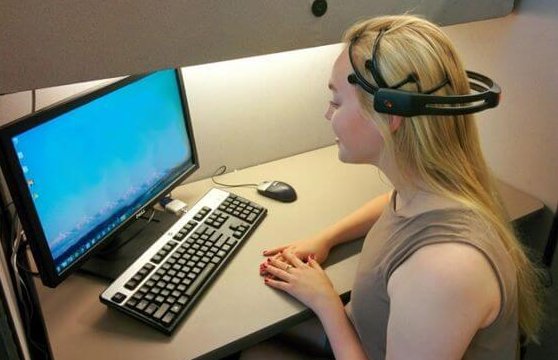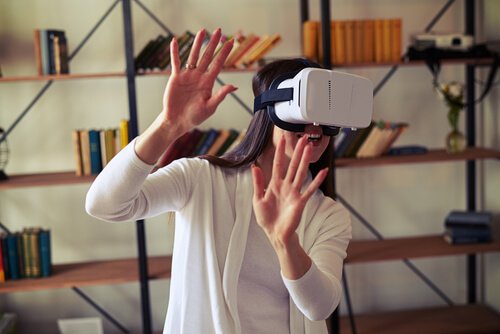Breakthroughs in Neuropsychological Rehab

New technologies have made an impact on people’s lives, but also in other important areas of the health field, such as neuropsychological rehab. In neuropsychology, new technologies have been evolving for years. This has allowed the development of new and precise measurement instruments, which are affordable and easy to use. On the other hand, these new technologies are relatively new in neuropsychological rehab.
Advantages for neuropsychological rehab
New technologies in neuropsychology allow more access for users. For instance, it’s been a great tool for patients who have difficulty moving. Likewise, computerized assistance gives us the chance to get more precise data and personalize treatments, depending on the user.
On the other hand, it makes it easier to tend to individuals or groups, so it reduces the number of patients in public or private facilities. Besides, these new technologies can treat several patients at once.

No matter how advanced they are, these technologies have to be monitored by professionals but are unbiased in evaluations and interventions. Likewise, it will follow protocols at all times and will make exact repetitions of stimuli or other exercises. New technologies also make it easier to track a patient’s progress.
Lastly, it seems that getting familiar with new technologies gives the patient a less formal outlook of their medical intervention. Although this might be counterintuitive, it gives the user more motivation than other more traditional methods. These new technologies can make the patient feel they’re doing a more leisurely task, while they train or rehabilitate their abilities.
What are its disadvantages?
Although new technologies have many benefits in neuropsychological rehab, they’re far from flawless. On one hand, it’s not possible to get qualitative information all of the time during a procedure.
Besides, the user needs to know how to use these new technologies. It’s not only about knowing how to obtain them, but a lack of knowledge can also interfere with the treatment.
What tools do I need?
New technologies can give cognitive treatment and specific rehab. These tools can be used on all kinds of populations, although some have been created for specific groups (children, the elderly, disabled people, etc.).
Nowadays, two of the most used new technologies in neuropsychological rehab are computer software and virtual reality.

Computer software
These include computerized instruments for cognitive treatment. There are currently a lot of options, although not all have been proven to be effective or valid.
One of the most used platforms is NeuronUp. NeuronUp allows you to give cognitive stimulation and rehabilitation. It does so by combining exercises for basic cognitive functions, daily chores, and social skills. Besides, they can be combined with traditional methods.
There are many options for software for cognitive training for the elderly. For example, Mementia, Kwido, or VITRA-EL, allow healthy elderly people with cognitive impairment or dementia to train cognitive functions through simple games designed especially for them.
On the other hand, there are many apps you can use to train and control the session remotely, such as CloudRehab. This is a free and mobile app for people with brain damage or mobility issues that need neuropsychological rehab. CloudRehab lets patients do the same exercises at home, uploading a video to the cloud, and be supervised by professionals without leaving their home.

Virtual reality
Virtual reality gives you the chance to create rich environments, so evaluations and intervention are more ecological and general. Besides, this new technology allows you to control where you exercise. You can create cities, homes, or specific settings to continue your neuropsychological rehab.
Virtual reality is still a developing technology in the rehabilitation field. However, there are many good results for patients with mobility problems and the elderly.
An example of a virtual reality tool is VinCI, which gives you the chance to do biofeedback. This means, it’s aware of your progress and it can modify itself to adapt to your needs.
The future of neuropsychological rehab
There’s no doubt that technologies are rapidly evolving. This is great news for the development of more tools for neuropsychological rehab. As of now, there are many tools to make rehab more accessible.
Although their validity and efficacy are still being tested, these technologies are definitely beneficial.
All cited sources were thoroughly reviewed by our team to ensure their quality, reliability, currency, and validity. The bibliography of this article was considered reliable and of academic or scientific accuracy.
- Soto Pérez, F. Franco Martín, M. y Jiménez Gómez, F. (2010). Tecnologías y neuropsicología: hacia una ciber-neuropsicología. Cuadernos de neuropsicología, 4(2), 112-130.
This text is provided for informational purposes only and does not replace consultation with a professional. If in doubt, consult your specialist.








